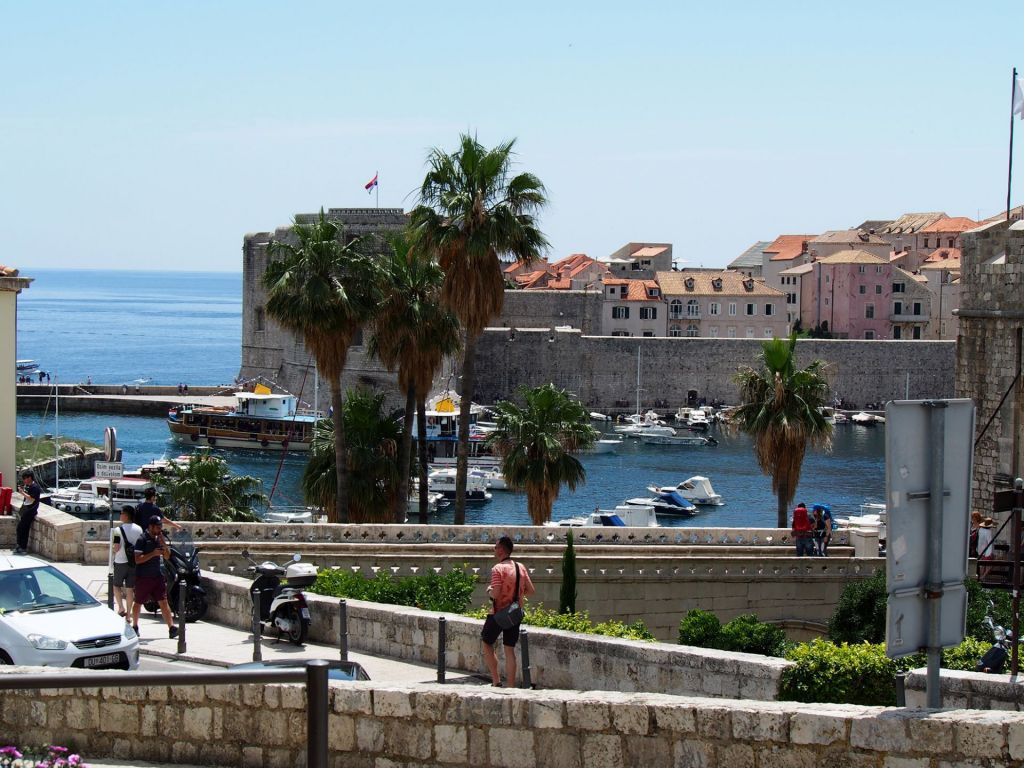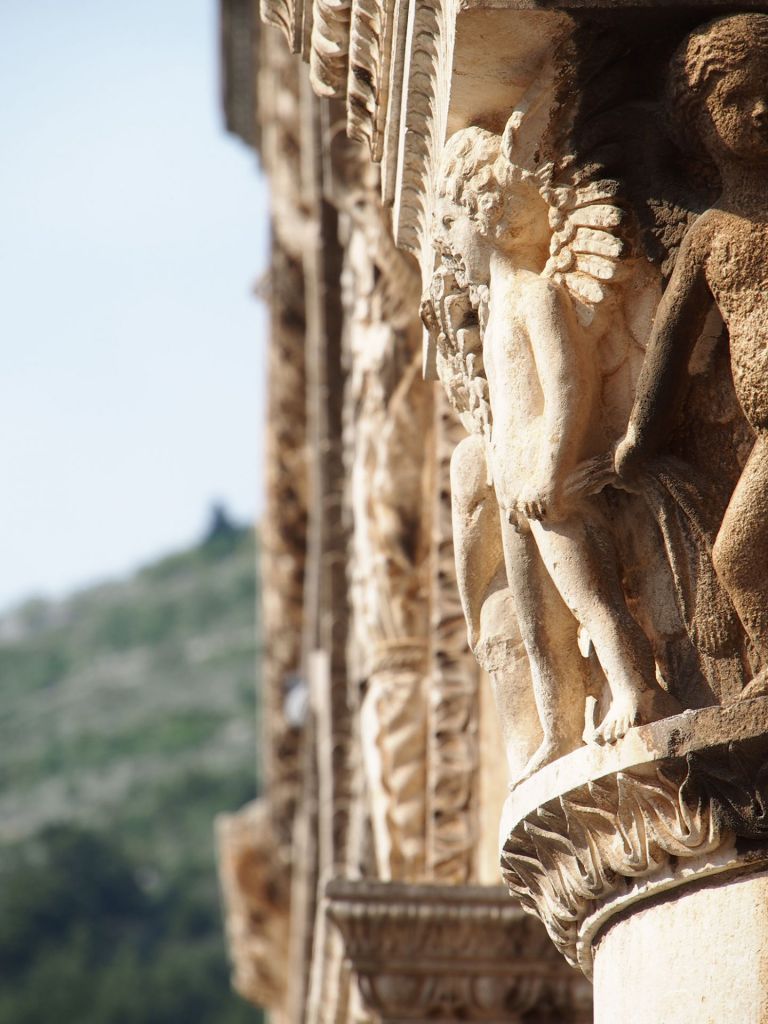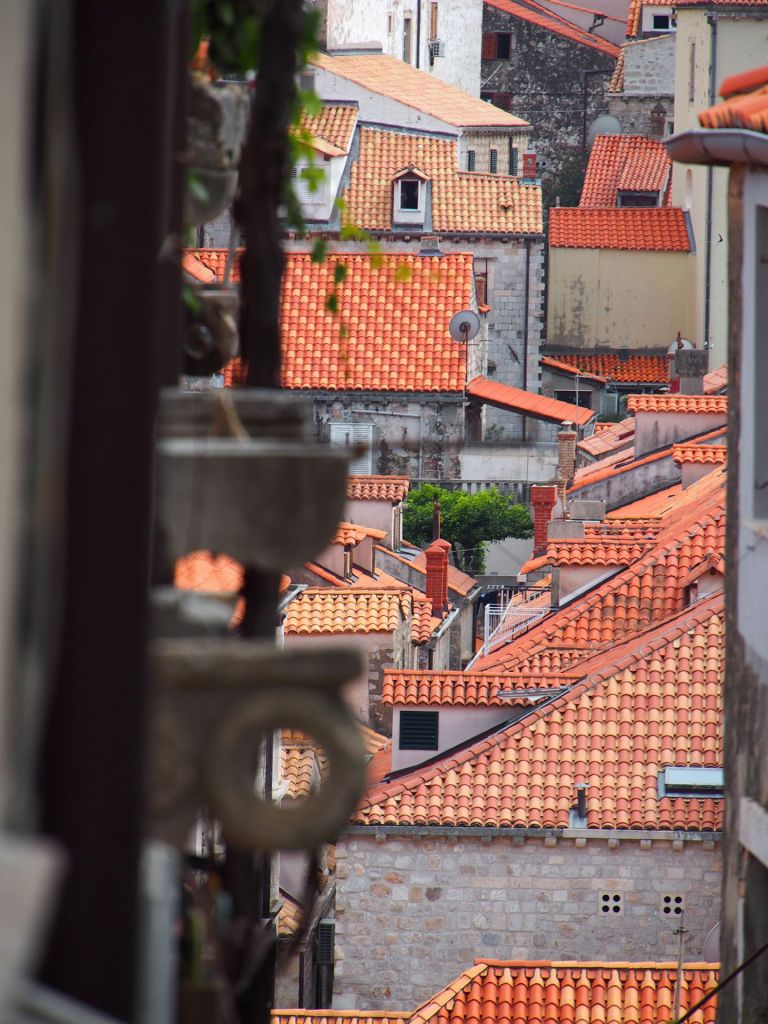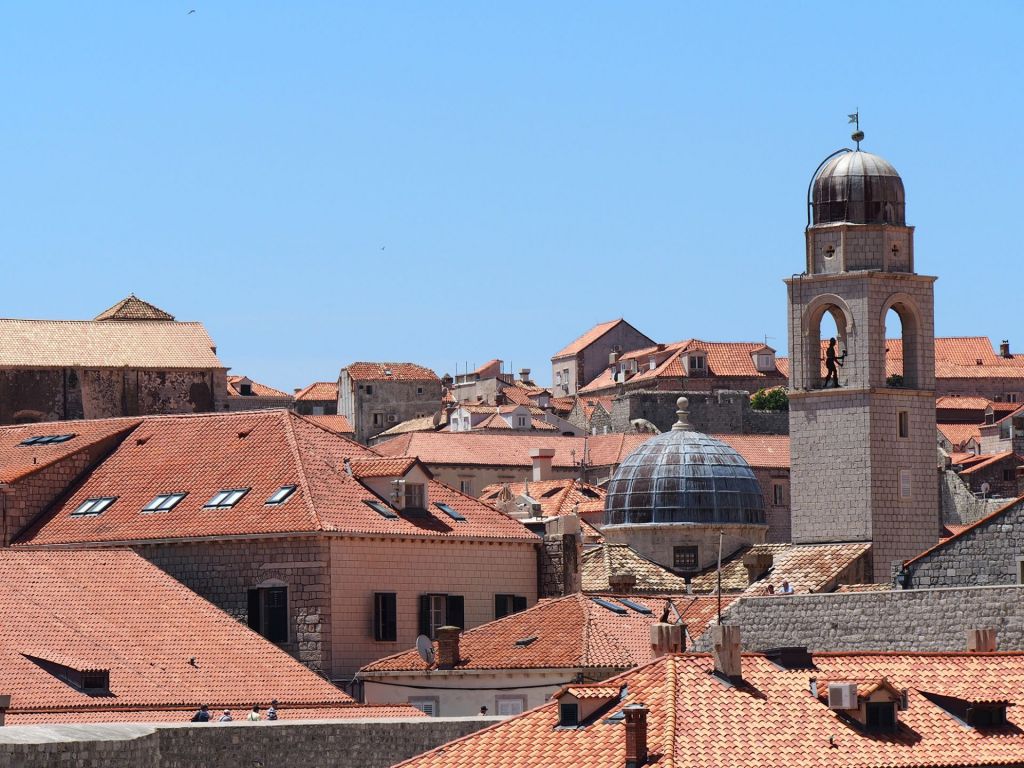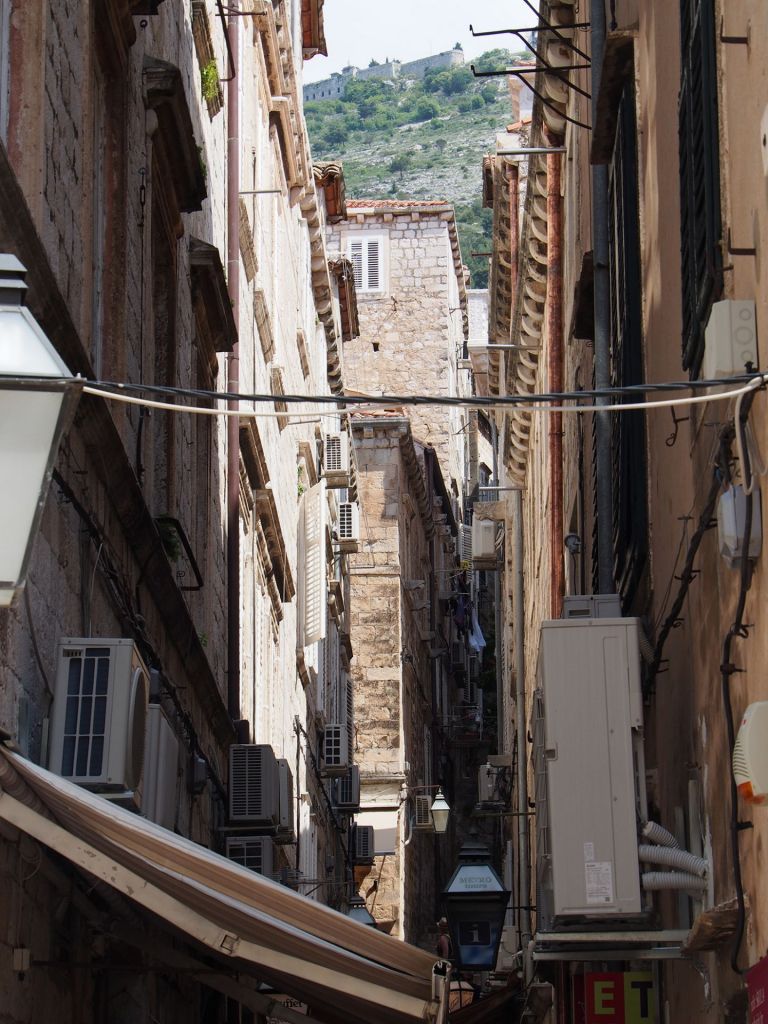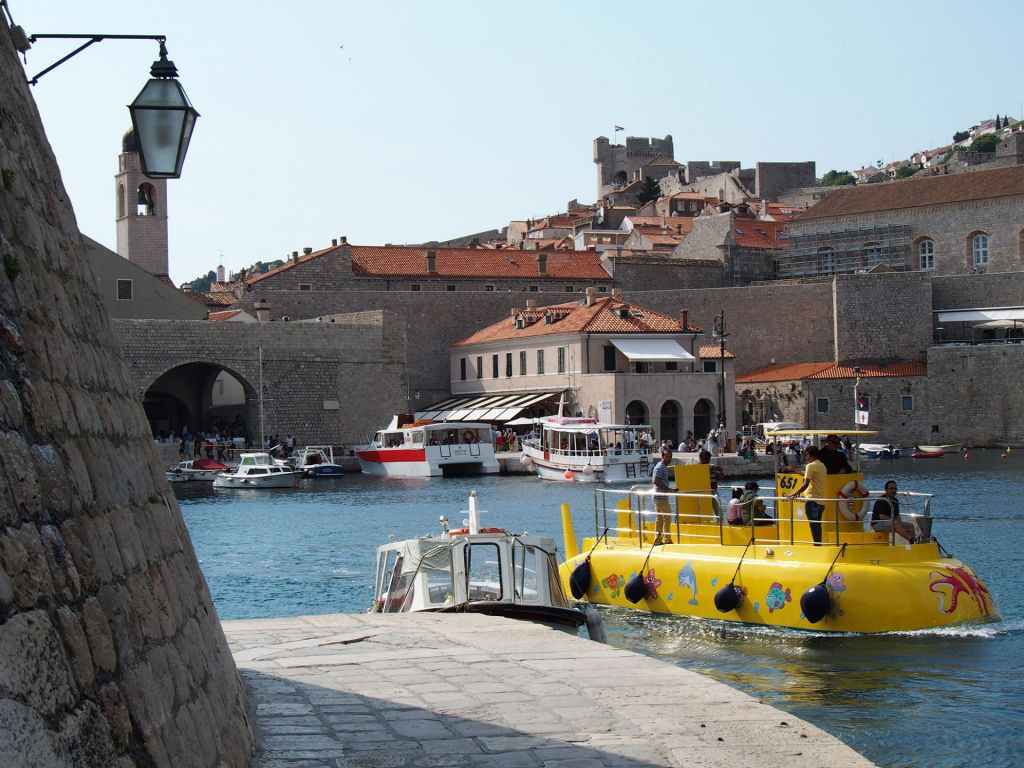Jewish Heritage Tour of Croatia, Bosnia, Slovenia, and Trieste
Western Balkans: Bosnia, Croatia, Slovenia – and Trieste
A Jewish Heritage Tour
4-15 May 2026 — SOLD OUT!
11-22 May 2026 — RESERVE YOUR SPOT!
3-14 May 2027 — RESERVE YOUR SPOT!
Book early! This tour sells out fast!
11 nights || 12 days
Travel program organized by Dr. Joseph Benatov of the University of Pennsylvania.
Itinerary: Sarajevo–Mostar–Stolac–Dubrovnik–Split–Hvar–Plitvice–Zagreb–Bled–Ljubljana–Trieste–Ljubljana
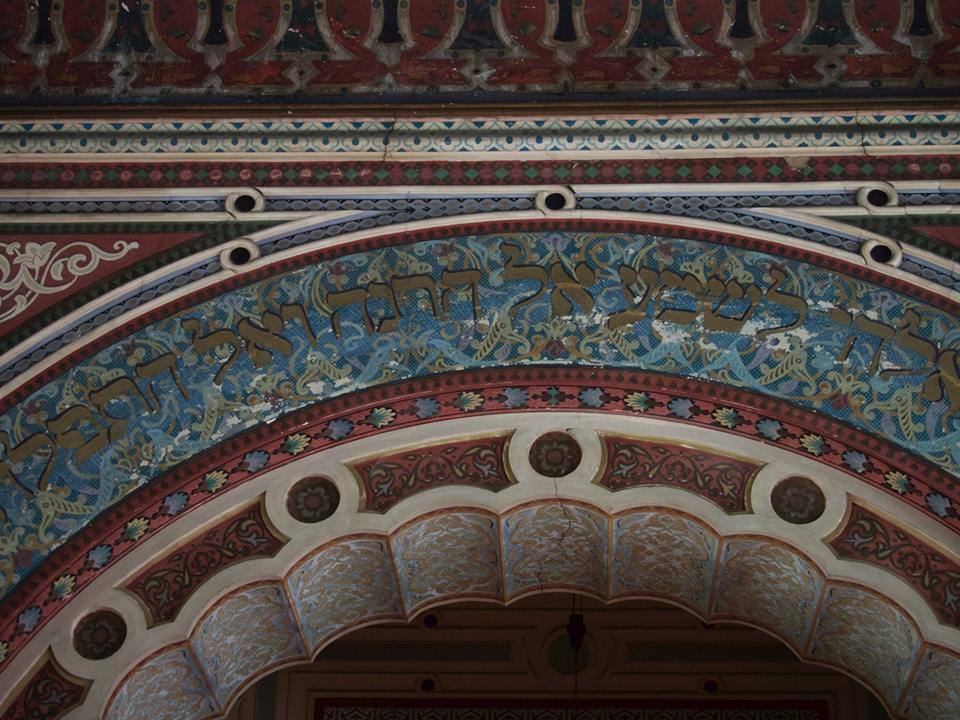
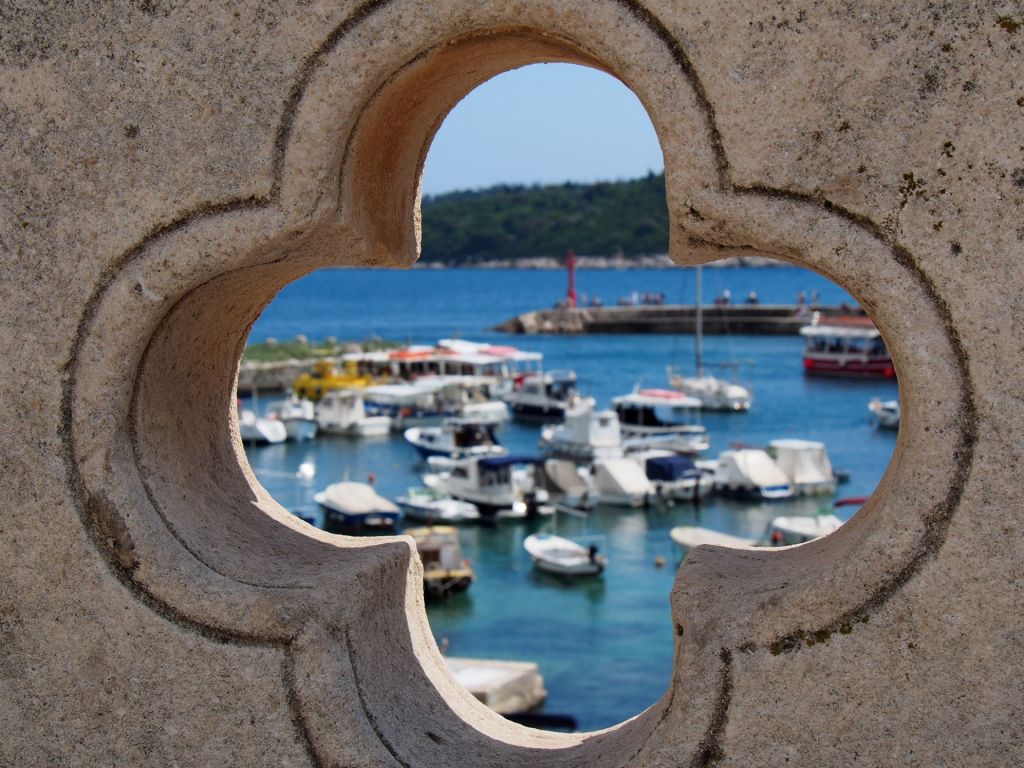
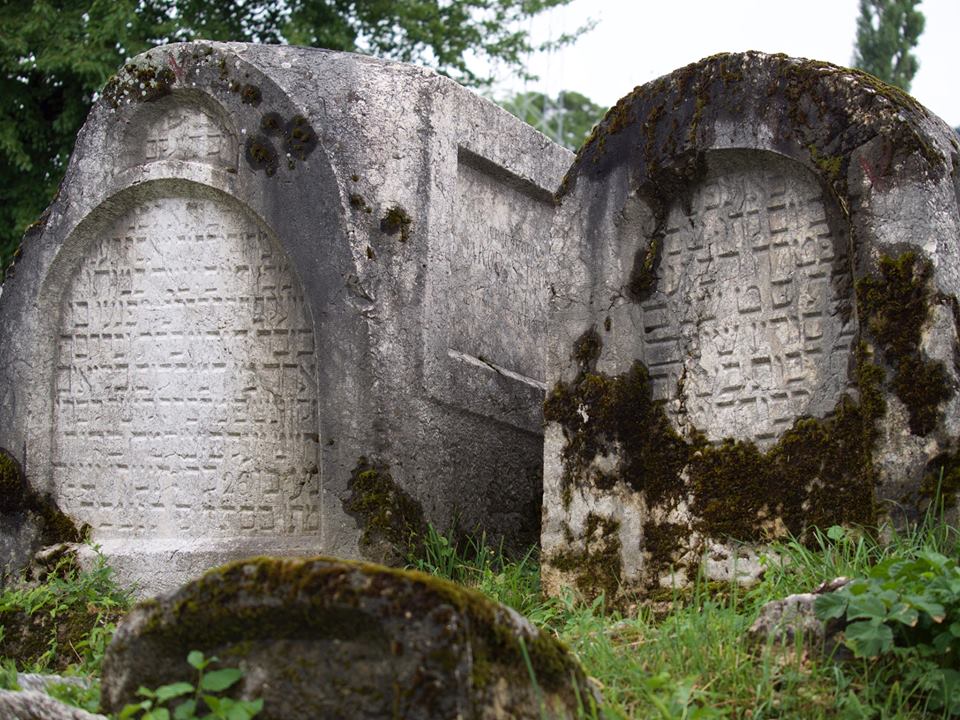
In 1894 the National Museum in Sarajevo paid 100 florins for the purchase of a mid-fourteenth-century illuminated Haggadah from Spanish Aragon. The book became known to the world as the Sarajevo Haggadah, an outstanding specimen of medieval Spanish Haggadot. It was saved from the Nazis by Dervis Korkut, the museum’s Muslim librarian. During the civil war of the 1990s, it was rescued once again, this time by Enver Imamovic, another Muslim librarian.
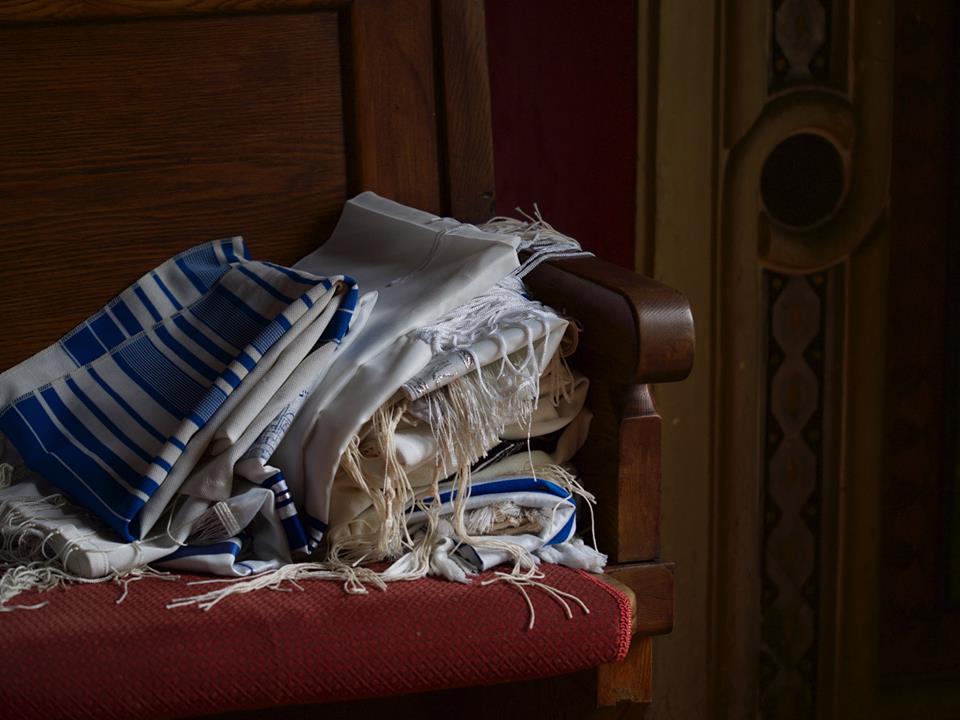
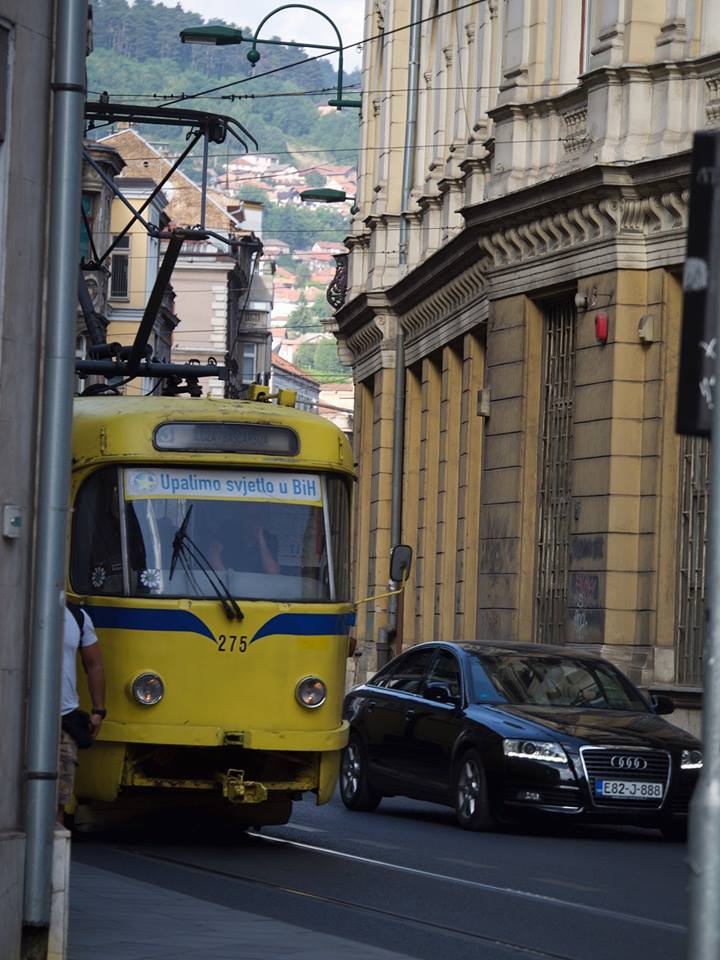
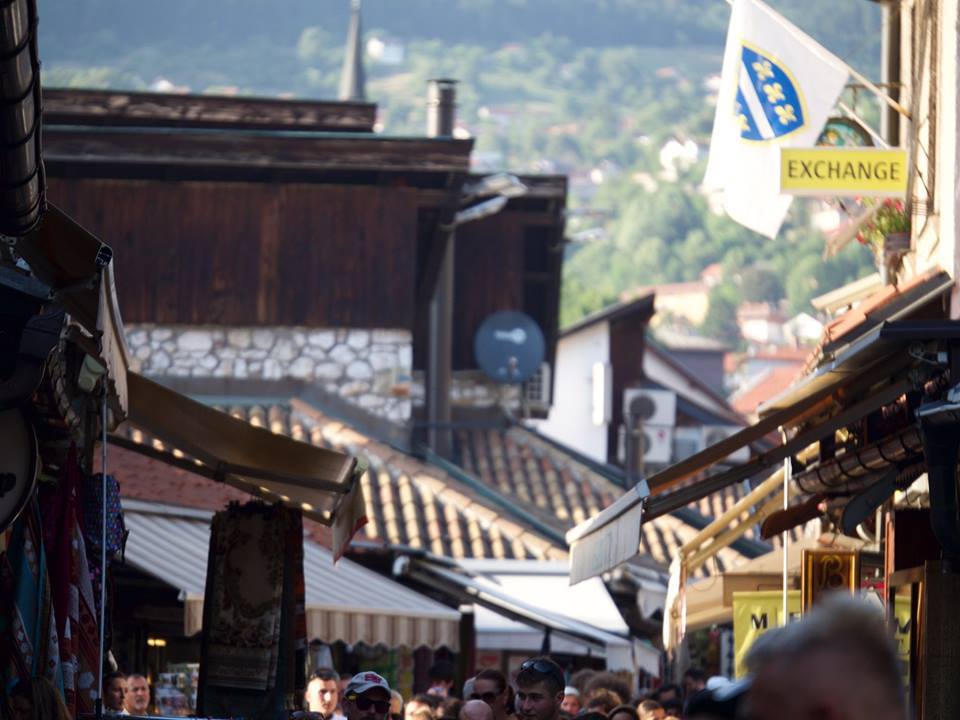
The Sarajevo Haggadah is one of many testaments to Bosnia’s rich Sephardic history, and, si kere el Dio, we will get the unique opportunity to see it! Sarajevo will also treat us to its Sephardi and Ashkenazi synagogues and 17th century Sephardic cemetery – one of the largest in Europe. You will learn about noted local rabbis such as the proto-Zionist Judah Alkalai, Eliezer Papo (who died in Bulgaria), and Moshe Danon. We will also speak of noble individuals such as Mustafa and Zayneba Hardaga, who protected their Jewish neighbors during the Holocaust.

Croatia’s rich Jewish heritage includes the spectacular synagogue in Split and the town’s idyllic cemetery; the singular Dubrovnik synagogue, the second-oldest active shul in Europe (after Prague); and the vibrant Jewish community of Zagreb, the nation’s capital.
In Italian Trieste, “the Gateway to Zion,” we will explore layers of rich Jewish history and visit one of Europe’s grandest synagogues – the Israelite Temple – modeled after a 4th century Syrian structure. (And be sure to have a drink in one of James Joyce’s favorite Trieste cafés.)
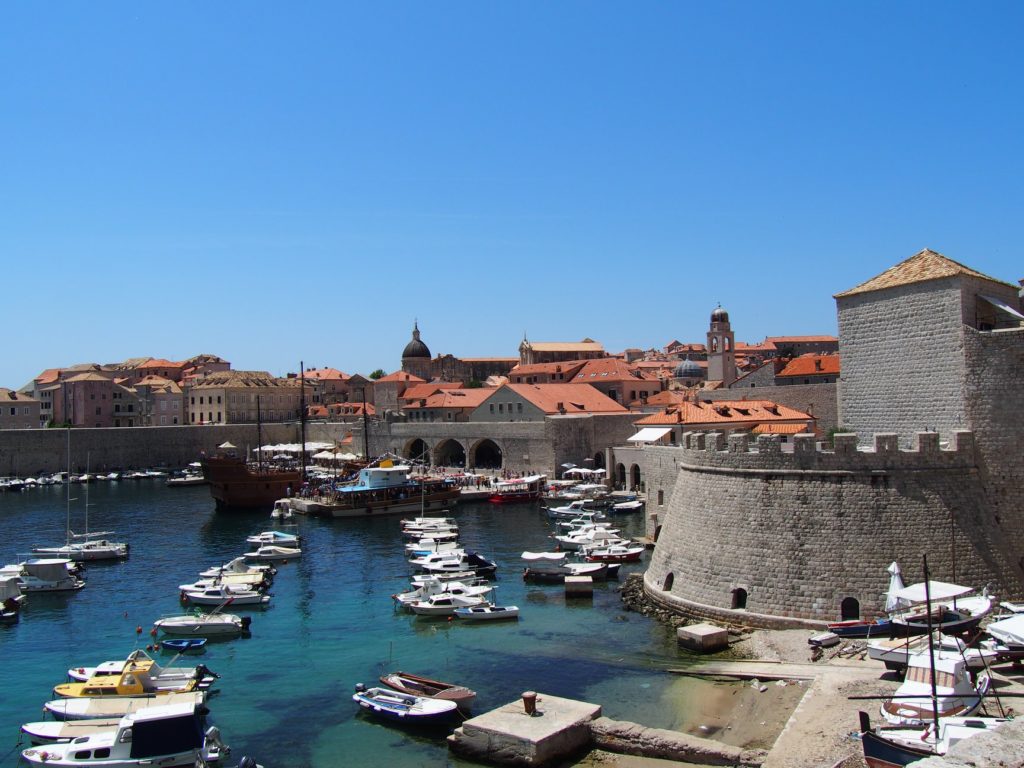
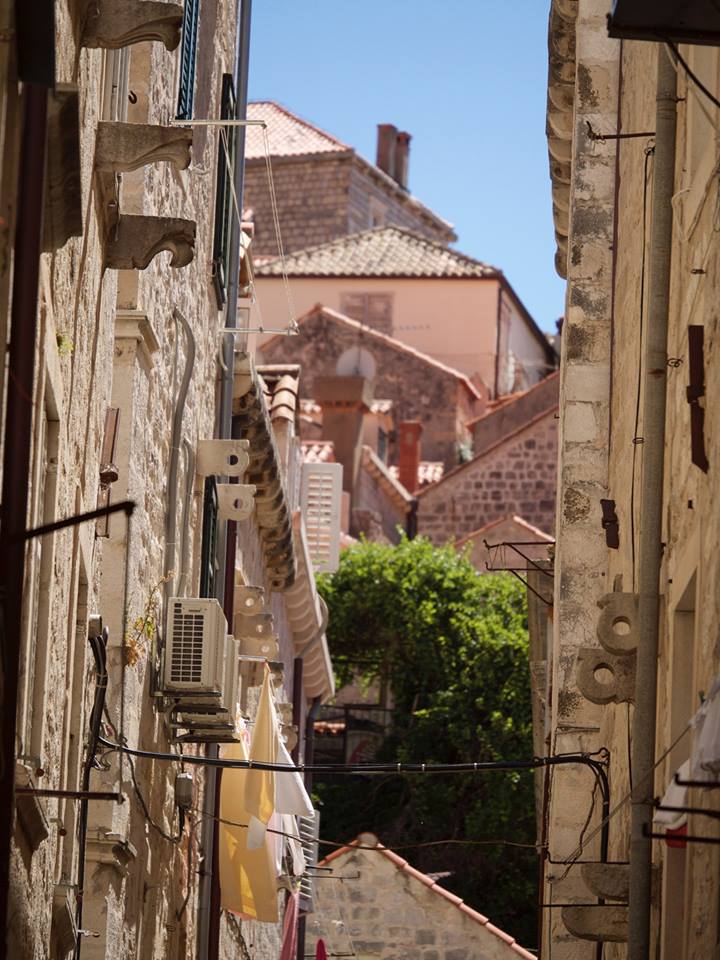

Bosnian Sarajevo will also impress you with its European promenade, the bustling Oriental old bazaar and the 16th century Gazi Husrev-beg Mosque, a true marvel of Ottoman architecture. You can also cross the Latin Bridge, where in 1914 Franz Ferdinand was assassinated. Mostar’s old town is a delightful multicultural combination of Ottoman, Mediterranean, and European architecture, with the iconic rebuilt Old Bridge spanning the scenic Neretva river.
In Croatia, Dubrovnik is rightly termed the Pearl of the Adriatic, and its Gothic, Renaissance, and Baroque edifices, coupled with fortifications surrounded by turquoise waters are breathtaking. Adding to the beauty is the gorgeous Dalmatian coast, and no less stunning are Diocletian’s Palace in Split, the city’s Venetian alleys, Romanesque churches, medieval ramparts, and the fragrant fish market. A memorable highlight of our tour is a day-trip to the gorgeous island of Hvar. The picturesque port town of Trogir has a blissful Adriatic atmosphere. And if Slovenia’s fairy-tale capital Ljubljana at times reminds you of Prague, it may be due to architect Jože Plečnik’s work in both cities.
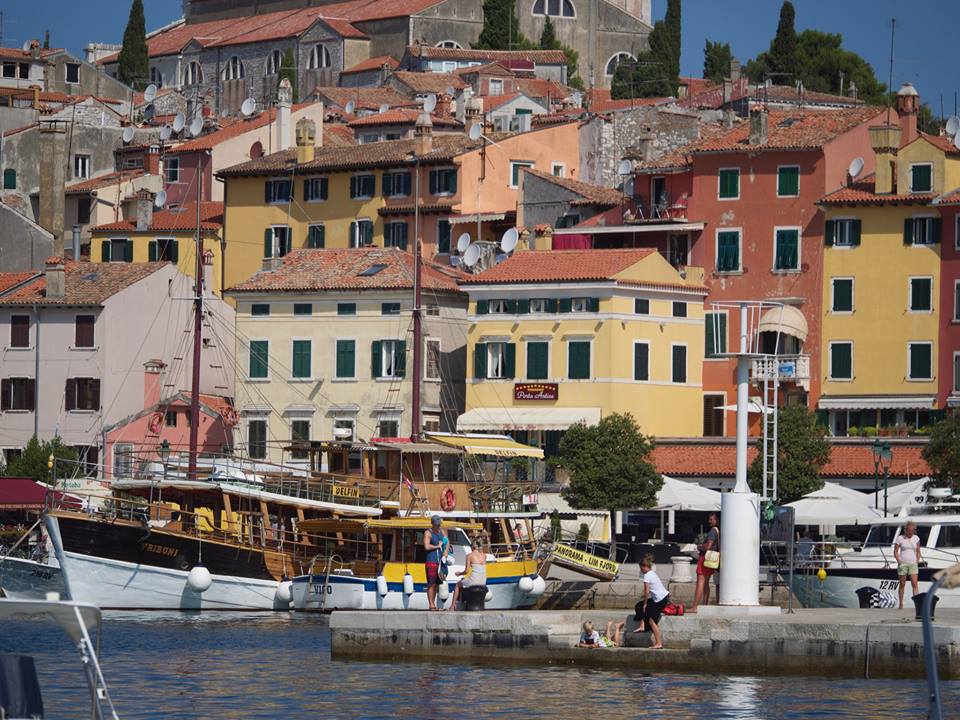
Local food aficionados can taste Bosnian burek (assorted pastries) and tufahije (walnut-stuffed glazed apple). Croatia is famous for its olives, cheeses, truffles, indigenous wines, Istrian wild asparagus, and fresh fish. Zagorski štrukli are Zagreb’s delicious specialty, and your tour leader can show you the best place serving them.
LAND PRICE FOR 2026: $4870 per person in double room
SINGLE SUPPLEMENT: $960
For a detailed itinerary, contact Joseph: benatov@gmail.com ♦ 267-970-1817 ♦ or fill out our contact form.
